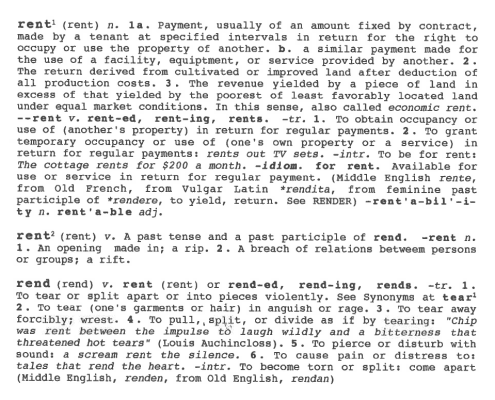Director's Note

Let’s talk about this show a bit, shall we?
I don’t know who else this is true for, but the original production of RENT defined so much about me as an artist and I definitely would have been called a “Renthead” back in middle school.
Many times over the years at Signature we discussed producing RENT but I could never wrap my head fully around why it was a story that needed to be shared in that moment – other than my (and I’m sure several others’) nostalgic love for the musical.
But after this past year of isolation, disconnection, and loss, reopening Signature’s doors with this story about the impact of loss and the need to be in community, to stand for what you believe in, and to create a world free from the restrictions of the status quo, felt really right to us.
One of the big criticisms you always hear about this show is, “I don’t get it. Why don’t these kids just pay their rent?” But those who say this don’t really understand the history of the Lower East Side and specifically what was happening in the late ‘80s and ‘90s in the Village and in New York City in general. And to be honest the musical doesn’t do a great job of helping one understand the moment and the landscape these characters are inhabiting. With the design team I really dug into this before any discussions began about how our production would look, feel, or be different from the original production. Here are some of the resources we used.
The Lower East Side has a long history as an incubator of bohemian culture, political resistance and conflicts over space. I think understanding some of the history is important in understanding the world the design team and I have created. You can read all about that here.
All of that history plus so much more led to the moment depicted in RENT – a moment when the establishment was beginning to succeed at crushing places like the Lower East Side through gentrification. Once a place for immigrants and new ideas, there was a campaign to destroy inner city neighborhoods. Landlords were allowed to burn out rent-controlled tenants. Fire companies, schools, banks and hospitals were also shut down. The city was warehousing hundreds of thousands of vacant units throughout the five Burroughs, keeping the neighborhood and those in need locked out. This was a period of emerging mass homelessness and the rise of the shelter system. It was also the highest murder rate in the city’s history and draconian drug laws were targeted at a generation of Black and Latinx youth. And, of course, the AIDS crisis was continuing out of control.
By the ‘90s, run down tenements were draped with banners, police were roaming the streets in riot gear, street punks fought the police, and evictions were more and more common as they cleared the Lower East Side for redevelopment. The ‘90s were really the last hurrah of bohemian New York and people were fighting back.
While I don’t believe the characters in RENT are squatters (at least not to begin with), they are of this world, this community, and are similarly fighting against gentrification and the establishment. Defending the bohemian way of life on the Lower East Side.
Larson’s Notes for RENT live just across the Potomac in the Library of Congress and I was lucky enough to get access to them. At the beginning of his notes is just a photocopy of a definition of the word RENT that you see here.

I was also inspired by this quote from Jonathan:
“In these dangerous times, where it seems the world is ripping apart at the seams, we can all learn how to survive from those who stare death squarely in the face every day and [we] should reach out to each other and bond as a community, rather than hide from the terrors of life.”
The characters of RENT are witnessing a community falling apart, being torn away from them, while being surrounded by anger and fear of the unknown. But instead of living in fear or hate, they come together. They show each other what happens when you allow yourself to fall in love with the people around you.
The piece expresses the extent to which we are revitalized when we permit ourselves to be in community with one another – what could possibly be a more perfect message than coming out of this past year?
- Matthew Gardiner
For more of my inspiration for the show, view my Pinterest board here